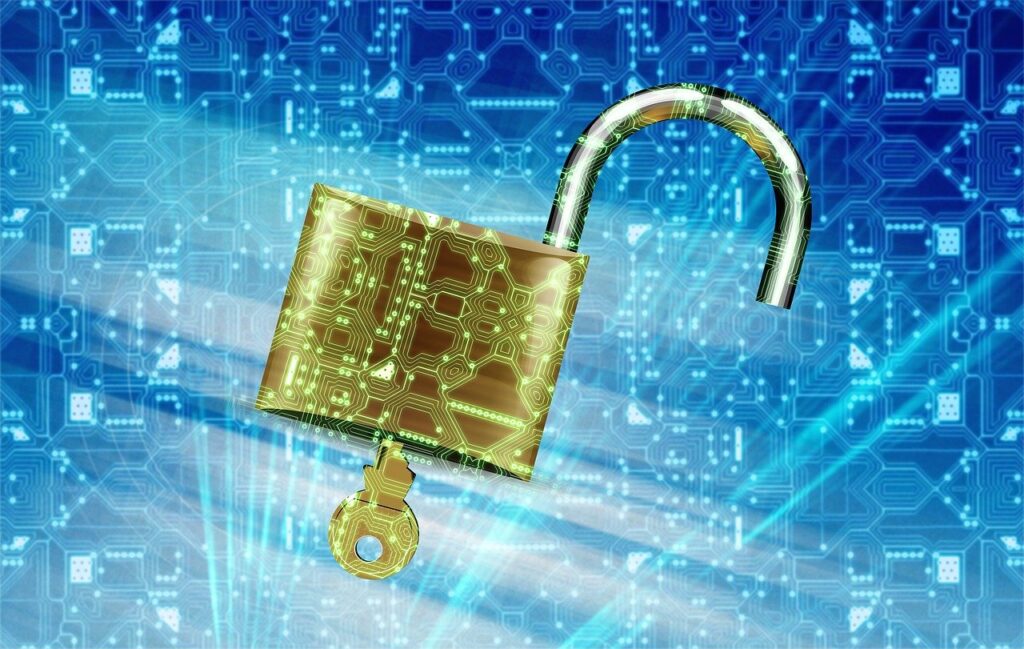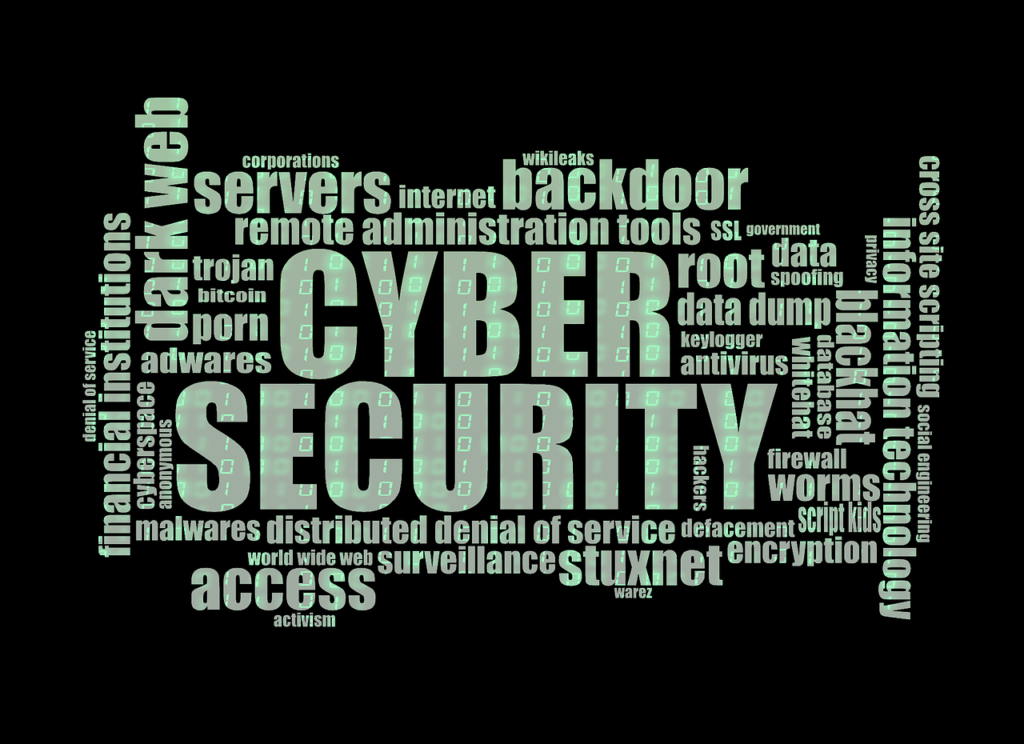In today’s digital age, almost every interaction—whether sending a message, shopping online, accessing a bank account, or storing files in the cloud—involves encryption. Encryption is the process of transforming readable information (plaintext) into an unreadable format (ciphertext) to protect it from unauthorized access. However, encrypted data is only useful if it can be reverted to its original form by authorized parties. This reverse process is called decryption.
Decryption is not merely a technical process; it is a foundational concept in cybersecurity, communications, and digital trust. Without it, encrypted messages would remain locked forever, inaccessible even to the intended recipients. From military communications in World War II to secure financial transactions in modern online banking, decryption has played a pivotal role in shaping human history and enabling the secure exchange of information.
This article explores what data decryption is, how it works, its types, algorithms, real-world applications, challenges, and the future of decryption in the context of advanced computing technologies.
What is Decryption?
Decryption is the process of converting ciphertext back into plaintext using a key. It is the inverse of encryption. While encryption scrambles data into unreadable code to ensure privacy, decryption reverses the process to make data intelligible again for authorized users.
-
Plaintext: The original readable data (e.g., “Hello World”).
-
Ciphertext: The scrambled, encrypted version (e.g., “X7#%G9LM$”).
-
Encryption Key: A string of bits that determines how data is scrambled.
-
Decryption Key: A key (sometimes the same as the encryption key, sometimes different) that unlocks and converts ciphertext back into plaintext.
In simple terms, encryption locks information, while decryption unlocks it.

Historical Perspective of Data Decryption
The practice of encrypting and decrypting data is as old as written communication itself.
-
Ancient Times
-
The Caesar Cipher (used by Julius Caesar) is one of the earliest known encryption methods. It shifted letters by a fixed number in the alphabet (e.g., A → D). Decryption was simply shifting back in the opposite direction.
-
The Spartan Scytale was a rod with a strip of parchment wound around it; only someone with a rod of the same diameter could decrypt the message.
-
-
Middle Ages & Renaissance
-
Vigenère Cipher introduced polyalphabetic substitution, making decryption harder without the key.
-
Cryptanalysis emerged, as scholars like Arab mathematician Al-Kindi developed techniques to break substitution ciphers through frequency analysis.
-
-
World Wars
-
Decryption became a matter of national survival. The Allies’ ability to break the German Enigma cipher significantly shortened World War II.
-
Early computing machines like Alan Turing’s Bombe were developed to speed up decryption, laying foundations for modern computers.
-
-
Digital Age
-
With the rise of computers and the internet, decryption moved from the battlefield to everyday life—used in online banking, secure emails, VPNs, and cloud storage.
-
How Decryption Works
Decryption involves algorithms and keys. Depending on the encryption scheme, decryption methods differ.
1. Symmetric Key Decryption
-
The same key is used for both encryption and decryption.
-
Example: AES (Advanced Encryption Standard).
-
Fast and efficient, making it suitable for bulk data.
-
Weakness: If the key is intercepted, the system is compromised.
Example:
-
Encryption: Plaintext (“HELLO”) → Key (e.g., “12345”) → Ciphertext (“XM23!AB”).
-
Decryption: Ciphertext (“XM23!AB”) → Same Key (“12345”) → Plaintext (“HELLO”).
2. Asymmetric Key Decryption
-
Uses a pair of keys: public key (for encryption) and private key (for decryption).
-
Example: RSA (Rivest–Shamir–Adleman).
-
Common in secure communications, like HTTPS websites.
-
More secure but computationally heavier than symmetric encryption.
Example:
-
Alice encrypts a message with Bob’s public key.
-
Only Bob’s private key can decrypt it.
3. Hybrid Decryption
-
Combines symmetric and asymmetric methods.
-
Example: TLS/SSL used in web browsing.
-
Asymmetric encryption establishes a session key, which is then used for fast symmetric decryption.
Popular Data Decryption Algorithms
Several algorithms dominate the modern cryptographic landscape:
-
AES (Advanced Encryption Standard) – Widely used in banking, government, and personal devices.
-
RSA – A backbone of internet security for public key cryptography.
-
ECC (Elliptic Curve Cryptography) – Provides strong security with smaller keys.
-
Blowfish & Twofish – Symmetric key algorithms used in various applications.
Each algorithm requires decryption techniques that match the encryption method and key type.
Applications of Decryption
Decryption is critical in many fields:
1. Cybersecurity
-
Ensures that encrypted data—such as emails, login credentials, and financial details—can be securely decrypted only by authorized parties.
-
Protects against data breaches and cyber-attacks.
2. Banking and Finance
-
Decryption underlies secure transactions in online banking, ATMs, and credit card systems.
-
Every time you buy something online, your payment details are encrypted and then decrypted by the payment processor.
3. Military and Intelligence
-
Secure communications are vital for national security.
-
Decryption is used both defensively (receiving classified information) and offensively (breaking enemy codes).
4. Forensics and Law Enforcement
-
Investigators decrypt seized digital evidence to uncover criminal activity.
-
Decryption tools are used to unlock smartphones, computers, and encrypted communications.
5. Everyday Technology
-
Streaming services decrypt video/audio streams in real time.
-
Mobile phones decrypt encrypted messages (e.g., WhatsApp, Signal).
-
Cloud storage platforms encrypt files before uploading, and decrypt them when users retrieve them.

Challenges in Decryption
Despite its importance, decryption faces significant hurdles:
-
Key Management
-
Losing an encryption key often means data is lost forever.
-
Securely distributing and storing keys is one of the hardest challenges in cryptography.
-
-
Brute-Force Attacks
-
If attackers lack the key, they may attempt to guess it by trying all possible combinations.
-
Strong encryption algorithms (e.g., AES-256) make brute-forcing impractical with current computing power.
-
-
Computational Complexity
-
Some decryption methods require heavy processing power, making them inefficient for large-scale applications without optimization.
-
-
Quantum Computing Threat
-
Quantum computers could potentially break today’s widely used encryption methods, rendering current decryption strategies obsolete.
-
Post-quantum cryptography research is ongoing to prepare for this challenge.
-
Ethical and Legal Aspects of Decryption
Decryption also raises moral and legal questions.
-
Privacy vs. Security: Governments often push for “backdoors” into encrypted systems for national security, but critics warn this weakens everyone’s security.
-
Law Enforcement: While decryption can help fight crime, forcing companies to provide access can undermine user trust.
-
Personal Freedom: Individuals use encryption to protect privacy from surveillance. Decryption in the wrong hands can compromise civil liberties.
The Future of Decryption
As technology advances, decryption will continue to evolve.
-
Quantum Decryption
-
Quantum computers threaten current encryption but may also enable new, virtually unbreakable forms of quantum encryption and decryption.
-
-
Post-Quantum Cryptography
-
Researchers are developing algorithms resistant to quantum attacks, ensuring decryption remains secure in the future.
-
-
Artificial Intelligence
-
AI may be used to automate decryption, detect patterns, or accelerate brute-force attacks. Conversely, it can strengthen encryption-decryption systems by adapting in real time to threats.
-
-
Blockchain and Decentralization
-
Blockchain technologies rely on encryption and decryption for secure, transparent records. Future systems may integrate advanced decryption mechanisms to allow selective access.
-
Conclusion
Decryption is the cornerstone of secure digital communication. It transforms encrypted data back into meaningful information, making the modern internet, banking systems, cloud storage, and secure messaging possible. From its humble beginnings in ancient ciphers to its current role in complex digital systems, data decryption has continually adapted to technological changes.
As we move toward an era of quantum computing and AI-driven cryptography, the importance of secure and reliable decryption will only grow. Striking a balance between privacy, security, and accessibility will be critical. Ultimately, decryption is not just about unlocking data—it’s about trust, freedom, and the future of secure communication.